A Comprehensive Guide to Publishing Childrens Books Printing
 Feb 19,2025
Feb 19,2025

 SESE
SESE
A Comprehensive Guide to Publishing Children's Books Printing
Publishing a children's book involves more than just creating captivating stories; it also requires attention to detail in every step of the printing process. From choosing the right trim size to working with illustrations and ensuring high-quality prints, every decision impacts the final product. This guide will walk you through the key aspects of children’s book printing, ensuring your book stands out on the shelf and reaches its intended audience.
1. Understanding Children’s Book Categories
Before diving into the technical aspects of printing, it’s important to understand the different categories within children's books. Children’s literature spans various age groups, each with its unique characteristics.
|
|
|
|
|
|
Board Books |
Picture Books |
Early Readers |
Coloring Books |
Chapter Books |
Board Books
Board books are designed for the youngest readers, typically infants and toddlers up to age 3. These books are characterized by their sturdy construction, featuring thick cardboard pages that can withstand rough handling. When formatting a board book, consider the following:
-
Page count: Usually between 5 to 10 spreads (10-20 pages)
-
Word count: Minimal text, often just a few words per page
-
Trim size: Commonly 6 x 6 inches or 7 x 7 inches, but can vary
-
Bleed: Full bleed is standard for board books
-
Special considerations: Rounded corners for safety, non-toxic materials
Picture Books
Picture books are aimed at children aged 3 to 8 years old. They combine illustrations with simple text to tell a story. When formatting a picture book, consider the following:
-
Page count: Typically 24 to 32 pages, including endpapers
-
Word count: Usually between 500 to 1,000 words, with a focus on brevity and rhythm
-
Trim size: Commonly 8 x 10 inches or 10 x 10 inches, but can vary
-
Bleed: Full bleed is common, but not always required
-
Special considerations: Illustrations play a central role, often complementing or extending the text
Early Readers
Early readers are designed for children who are just beginning to read independently, typically aged 5 to 8. These books have simple vocabulary and short sentences to help build reading confidence. When formatting an early reader, consider the following:
-
Page count: Usually 32 to 64 pages
-
Word count: Typically 500 to 2,000 words, with short sentences and simple vocabulary
-
Trim size: Commonly 6 x 9 inches or 5.5 x 8.5 inches
-
Bleed: Not typically required, as these books often have white space around text and images
-
Special considerations: Larger font size, clear spacing, and illustrations to support comprehension
Coloring Books
Coloring books are designed for children and adults to color in, often featuring line art or patterns. When formatting a coloring book, consider the following:
-
Page count: Typically 24 to 96 pages, depending on the target audience
-
Word count: Minimal text, often limited to titles or instructions
-
Trim size: Commonly 8.5 x 11 inches, but can vary
-
Bleed: Not required, as the focus is on the line art
-
Special considerations: Single-sided printing to prevent bleed-through, thicker paper to prevent marker or paint from seeping through
Chapter Books
Chapter books are aimed at children aged 7 to 10 who are transitioning from early readers to more complex stories. These books are divided into chapters and feature more text than illustrations. When formatting a chapter book, consider the following:
-
Page count: Typically 64 to 160 pages
-
Word count: Usually between 5,000 to 20,000 words, with more complex sentences and vocabulary
-
Trim size: Commonly 5.5 x 8.5 inches or 6 x 9 inches
-
Bleed: Not required, as these books are text-heavy with minimal illustrations
-
Special considerations: Chapters should be clearly defined, with illustrations used sparingly to break up text
2. Choosing the Right Trim Size
The trim size of a children's book refers to the final dimensions of the printed pages after trimming. Choosing the right trim size is crucial because it affects the overall look and feel of the book.
Standard Sizes: Common trim sizes for children's books include 8.5 x 8.5 inches (square), 8 x 10 inches (portrait), and 5 x 8 inches (portrait). However, custom sizes can also be used for unique design choices.
Consider Age Group: For younger audiences (such as in board or picture books), larger sizes tend to work best. For older children, smaller sizes can be more appropriate for the reading experience.
3. Understanding Bleed and Margins
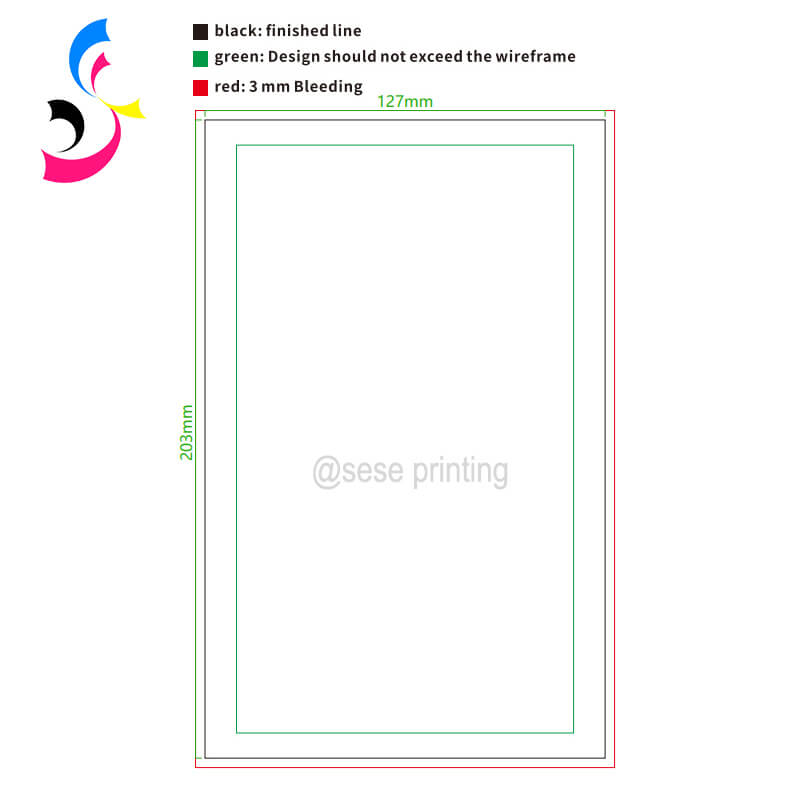
When preparing your book for printing, it's essential to understand the concept of bleed and margins.
Bleed: This refers to the area of the page that extends beyond the trim size. If your illustrations or images are meant to reach the edge of the page, you’ll need to add bleed (usually 0.125 inches or more) to ensure there are no white borders after trimming.
Margins: Margins are the space between the text or artwork and the edges of the page. A sufficient margin is important to prevent content from being cut off during the trimming process.
4. Working with Illustrations
Illustrations play a major role in children's books, and their quality and placement can significantly impact the book’s appeal.
Resolution: Ensure that your illustrations are high resolution (typically 300 dpi or dots per inch). Low-resolution images can appear pixelated and unprofessional when printed.
Color Mode: Use the CMYK (Cyan, Magenta, Yellow, Black) color mode for printing to ensure your colors appear as intended on paper.
Placement and Layout: Pay attention to the layout of your illustrations and text. They should complement each other and flow seamlessly across pages. For picture books, the images should help tell the story, not just accompany the text.
5. Preparing Your File for Printing
File Format: Most printers prefer PDF files for printing because they preserve the formatting, fonts, and images.
Fonts and Text: Embed all fonts in the PDF to avoid font substitution during printing. Also, ensure that all text is legible and appropriately sized for the target age group.
Proofing: Double-check that all pages are in the correct order and that no content is missing or misplaced.
6. Choosing the Right Printing Method
Digital Printing: Ideal for short print runs or print-on-demand services, digital printing is cost-effective and quick. However, it might not be as suitable for large quantities due to the higher per-unit cost.
Offset Printing: Best for large print runs, offset printing delivers high-quality results and is more economical when printing in bulk. However, it involves setup costs and longer turnaround times.
Consider your budget, order size, and timeline when choosing between digital and offset printing.
7. Proofreading and Quality Control
Before proceeding with the final print, it’s essential to proofread the entire book thoroughly. Look for typographical errors, layout issues, and inconsistencies in the text or illustrations. Additionally, request a printed proof from your printer to see how the book will look in physical form. This step will help catch any errors that might have been missed during digital review and ensure the print quality meets your expectations.
8. Marketing and Distribution Considerations
Once your book is printed, it’s time to think about how to get it into the hands of readers.
Book Launch: Organize a book launch or other promotional events to raise awareness of your book. Consider offering samples to schools, libraries, and bookstores.
Distribution Channels: You can distribute your book through traditional bookstores, online platforms like Amazon, or directly from your website. Print-on-demand services may also help you manage inventory and reduce upfront costs.
Marketing Strategies: Social media, book bloggers, and partnerships with educators or influencers can help spread the word. Consider creating a website or blog to connect with readers and offer supplementary content related to your book.
Conclusion





 Home
Home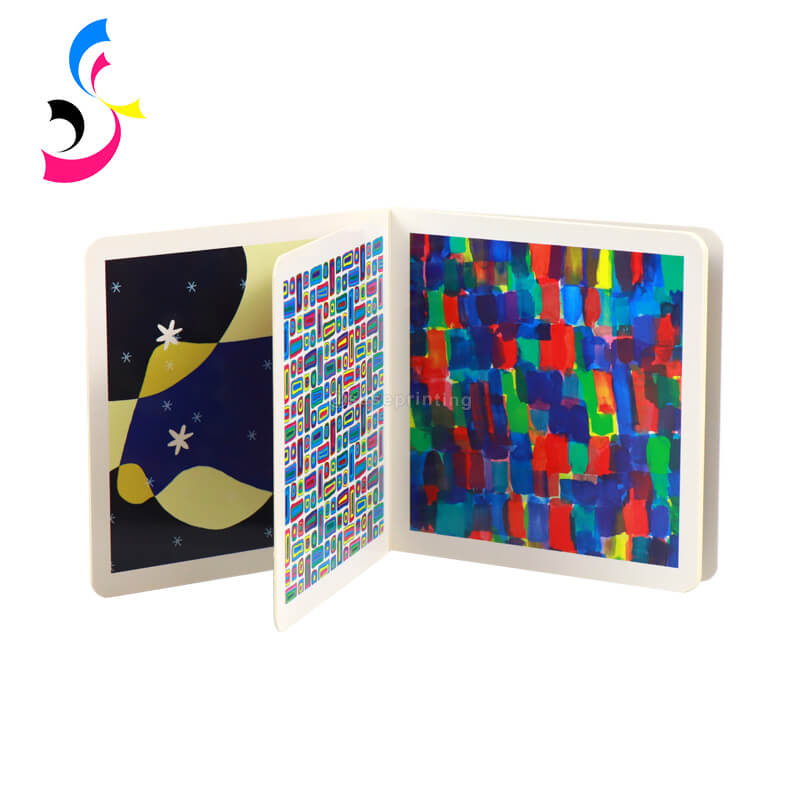
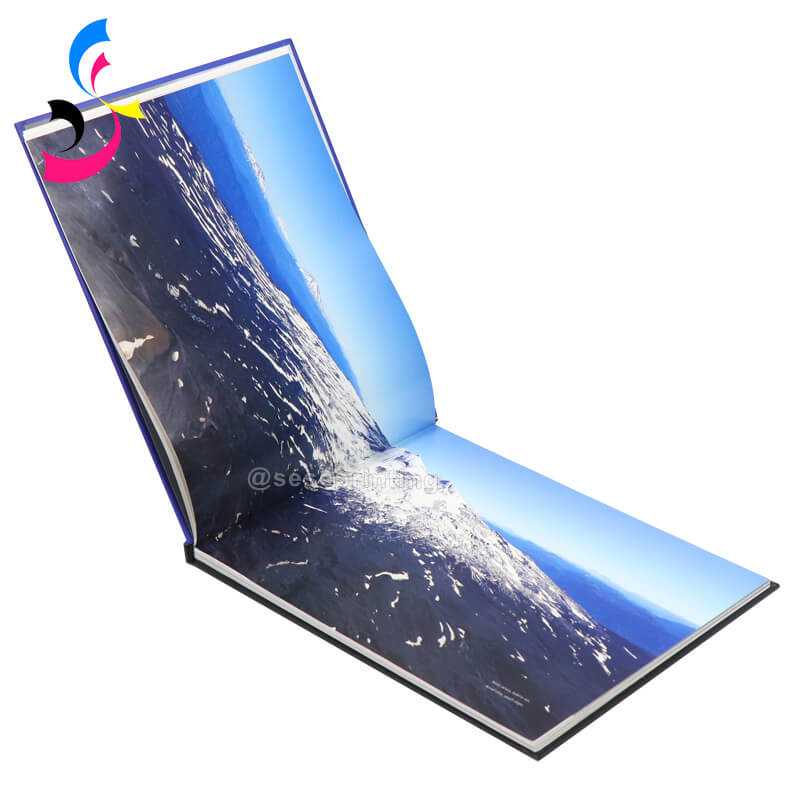
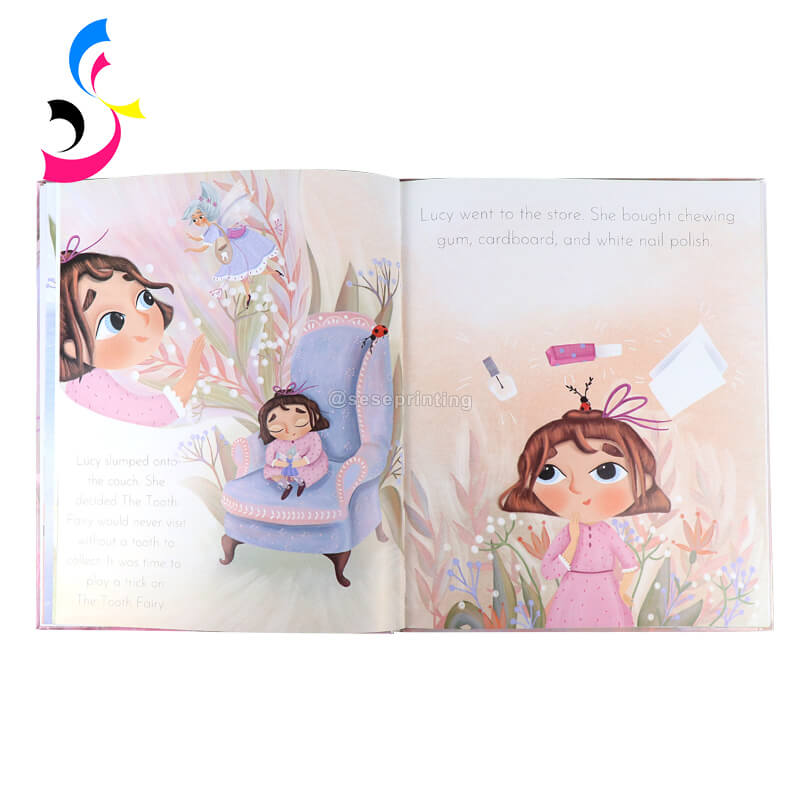
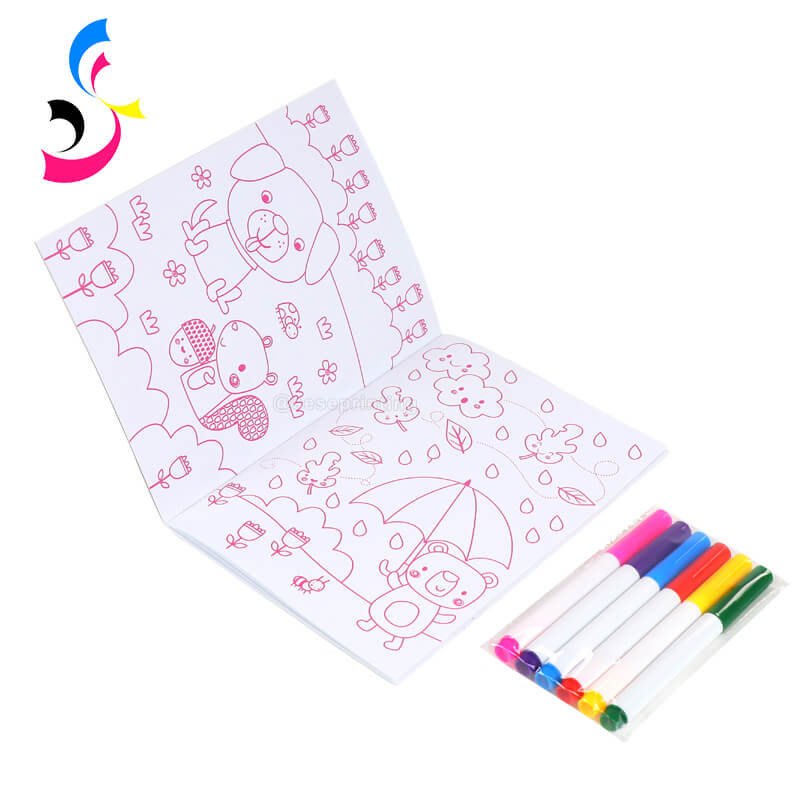
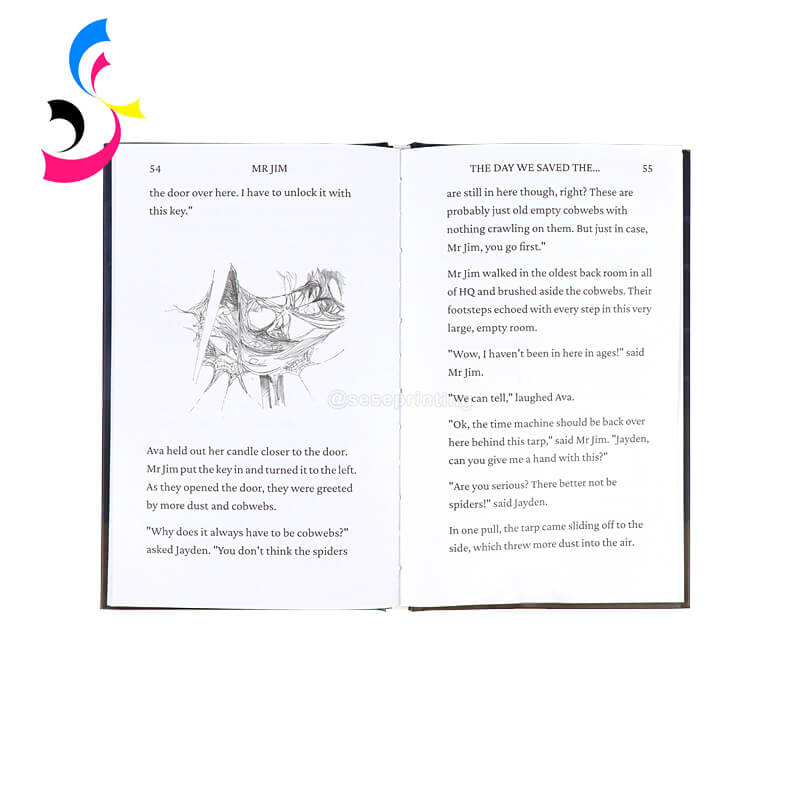
 Edge Printing: Elevate Your Print Products
Edge Printing: Elevate Your Print Products  You May Also Like
You May Also Like
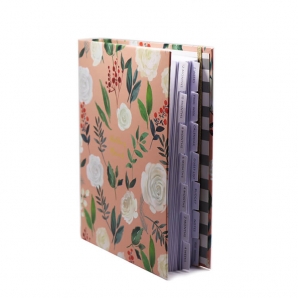

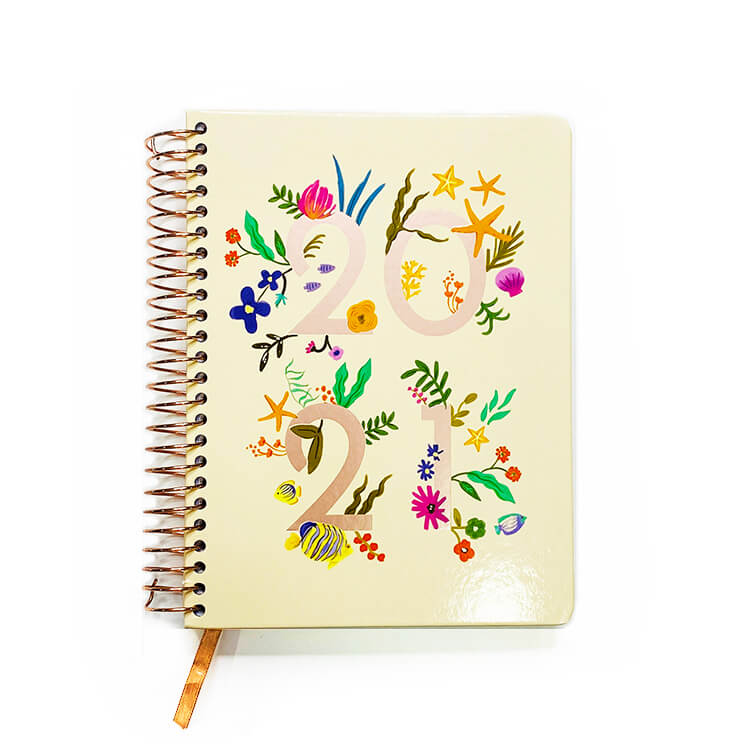

 Tel
Tel
 Email
Email
 Address
Address







